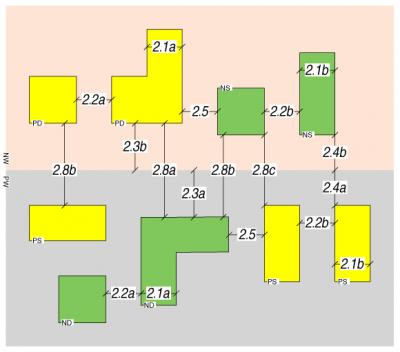MSc thesis project proposal
[2017; already taken] Design Rules for Implantable ASICs
Implantable devices often include electronics (either for recording or stimulation) close to the electrodes to move some of the control or functionality (recording, stimulation) close to the implantation site. These devices often need to stay in the body for longer times, they need to be functional, reliable and safe for the tissue. Hence, the electronics need to be well protected to avoid contact with the tissue. The conventional approach is to use titanium or ceramic packages to hermetically seal the devices. However these solutions are expensive and take up significant amount of space, so they are not really suitable for miniature approaches.An alternative approach is to encapsulate the bare die using silicone rubber (PDMS). This approach has been suggested to be equally reliable, provided a good initial encapsulation is obtained. It has also been suggested that the lifetime of such implants is dependent on parameters such as the lateral field strength between tracks, the stoichiometry of the passivation layer of the ASIC and current density.
Assignment
In this project, we would like to investigate these parameters further and come up with a set of design rules for PDMS encapsulated electronics. This type of rules does not yet exist in the literature. It would be of great value as it could serve as a guide for ASIC designers for all different types of implantable devices.References:
[1] A. Vanhoestenberghe, and N. Donaldson, �Corrosion of silicon integrated circuits and lifetime predictions in implantable electronic devices,� J. Neural Eng., vol. 10, no 3, pp. 031002 (13p), May 2013.
Requirements
MSc student in MicroelectronicsContact
dr. Vasiliki Giagka
Bioelectronics Group
Department of Microelectronics
Last modified: 2019-04-14
